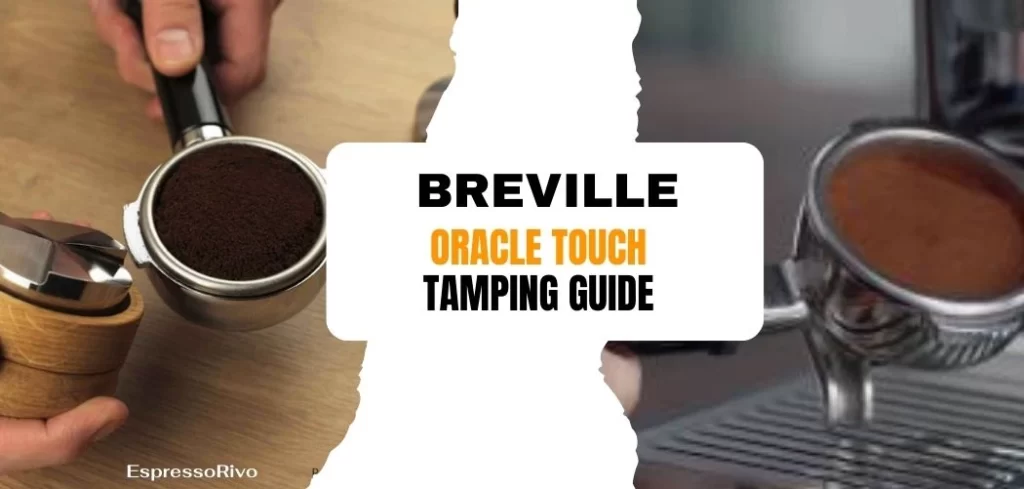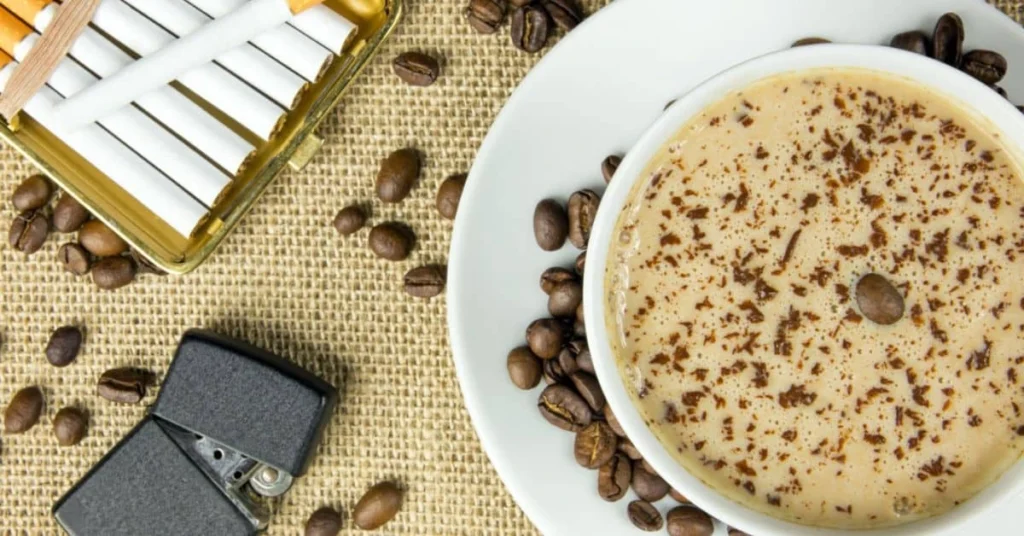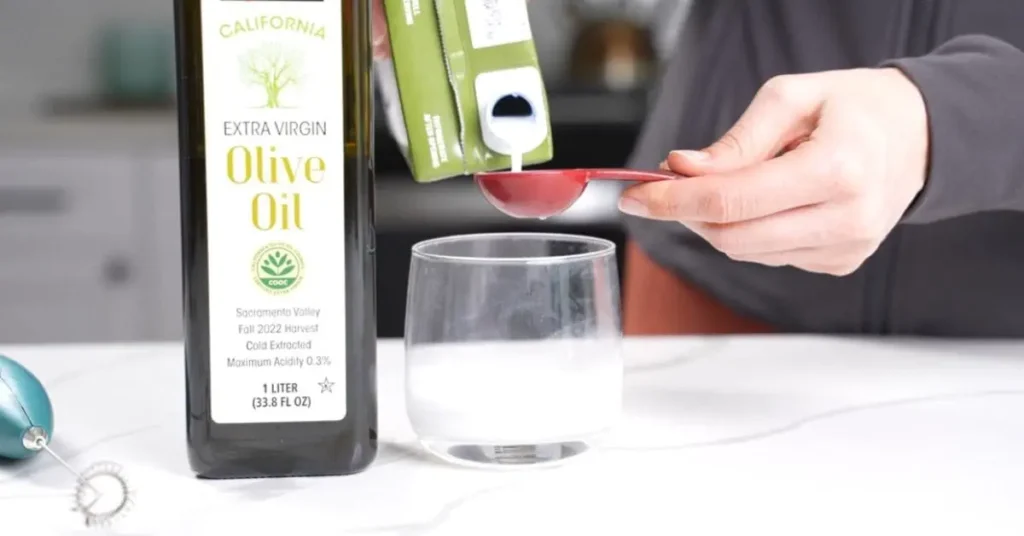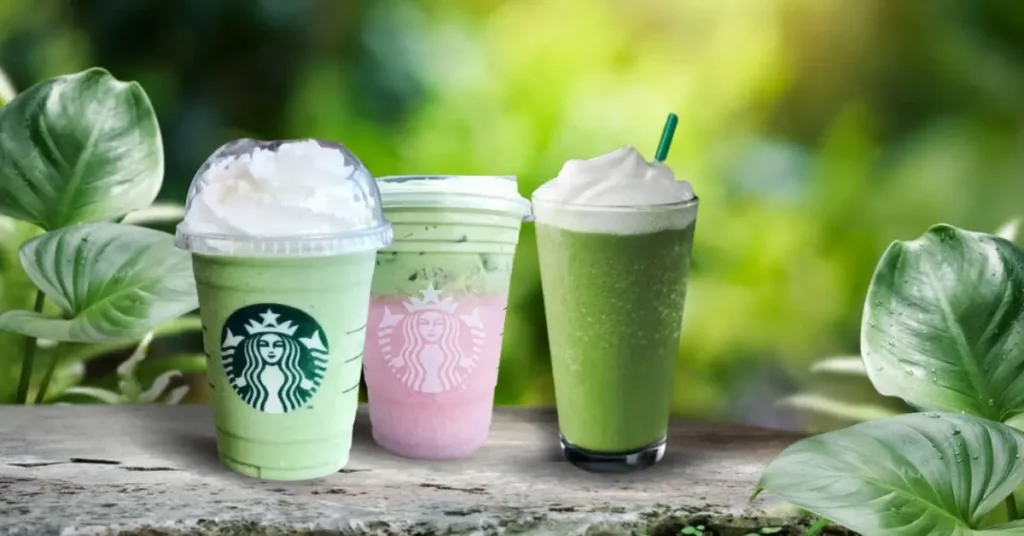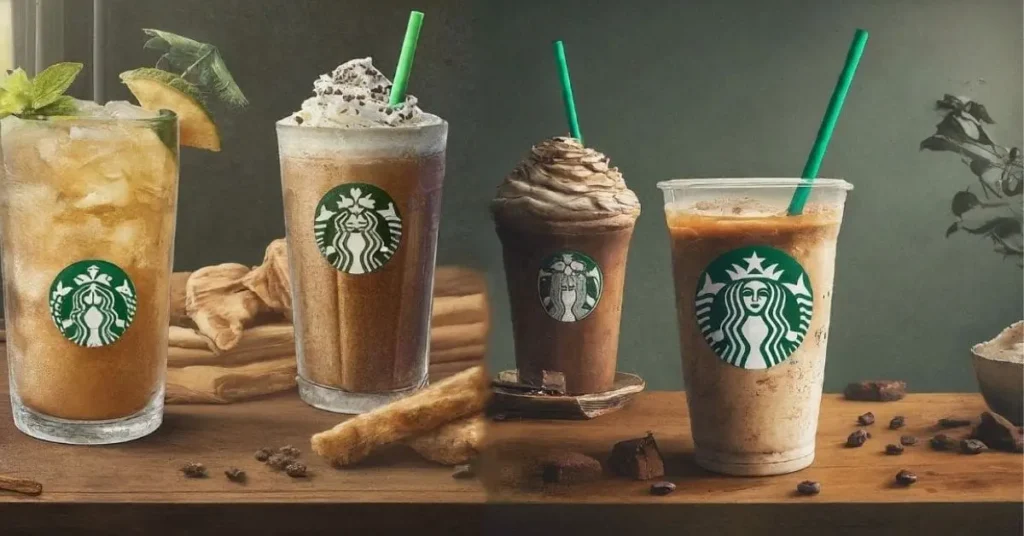Coffee is a staple in many people’s daily routines, offering a burst of energy and a moment of indulgence. Two popular coffee options, espresso and cappuccino, often stand out, each offering a distinct experience.
Whether you’re a coffee aficionado or a casual sipper, understanding the differences between espresso and cappuccino can enhance your appreciation for these beverages. Let’s dive into the world of espresso and cappuccino to explore their origins, preparation methods, and distinct flavors.
The Origin And Composition

When it comes to coffee, two popular choices that often leave people pondering are Espresso and Cappuccino. Both originating from Italy, these delightful beverages offer unique flavors and textures that cater to different taste preferences.
Understanding the history and composition of Espresso and Cappuccino can further enhance our appreciation for these beloved coffee creations.
Espresso
Espresso, derived from the Italian word “express,” has a rich history rooted in the 19th century. Created as a concentrated shot of coffee, it was initially intended to provide a quick and efficient caffeine fix. Over time, Espresso has evolved into a beloved beverage both in Italy and worldwide.
The composition of Espresso consists of finely ground coffee beans, packed tightly into a small, specialized filter basket. This basket is then subjected to high-pressure hot water, typically between 9 and 10 bars, resulting in the extraction of rich and intense flavors.
Espresso is known for its unique characteristics: a dark, velvety body with a layer of golden crema on top. The brewing process preserves the coffee’s complexity while intensifying its flavors, making every sip a sensory delight.
Cappuccino
Cappuccino, on the other hand, is a beloved Italian coffee creation that has become a staple in cafes worldwide. Named after the Capuchin friars’ distinctive brown hooded robes, this delightful beverage was inspired by the color similarity between their robes and the coffee’s shades.
The composition of a traditional Cappuccino involves a harmonious blend of Espresso, steamed milk, and milk foam. It is a precise balance, typically consisting of equal parts Espresso, steamed milk, and foamed milk. This combination creates a velvety texture and allows the flavors to harmonize beautifully.
Unlike Espresso, which is enjoyed as a concentrated shot, a Cappuccino offers a more milk-forward experience while still retaining the bold flavors of Espresso. The frothy milk foam adds a layer of creamy indulgence, making each sip a delightful experience.
Brewing Process
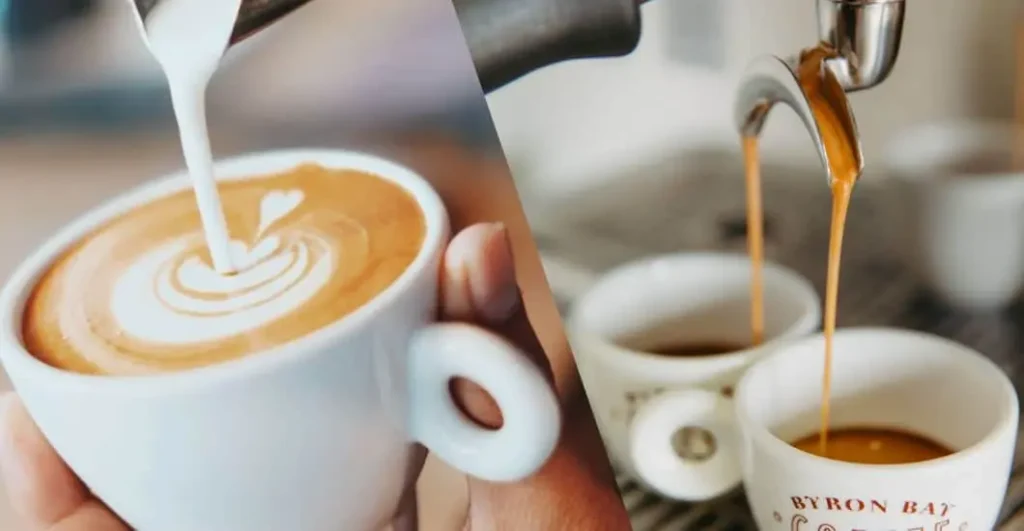
Espresso and cappuccino are two popular coffee beverages, each with its own distinct brewing process. While espresso is made by forcing hot water through finely ground coffee beans, cappuccino involves combining equal parts espresso, steamed milk, and frothed milk. The result is two delicious drinks with different flavors and textures.
Espresso
Espresso is a concentrated form of coffee that packs a powerful punch. The brewing process involves a finely ground coffee that is tightly packed into a portafilter and combined with high-pressure hot water.
This quick extraction method allows the water to pass through the coffee grounds rapidly, resulting in a small, intense shot of coffee. The entire process takes only 25 to 30 seconds, making espresso the go-to choice for those seeking a quick caffeine fix.
Espresso is known for its strong flavor and rich aroma. The high-pressure extraction process intensifies the natural oils and flavors present in the coffee beans, resulting in a concentrated and full-bodied shot.
The powerful flavor profile makes espresso an excellent base for various coffee-based beverages like lattes, cappuccinos, and macchiatos. Uncovering the world of espresso is quite fascinating.
Did you know that the crema, the creamy layer that rests on top of an espresso shot, is an essential element of its allure?
It’s a result of the high-pressure brewing process, where carbon dioxide is forced out of the coffee and forms tiny bubbles that create the crema. This layer adds a velvety texture and enhances the overall taste experience.
Cappuccino
Cappuccino, on the other hand, is an espresso-based beverage that combines espresso, steamed milk, and a layer of milk foam. The brewing process for cappuccino starts with a single or double shot of espresso, which is then topped with equal parts steamed milk and milk foam.
The combination of these elements creates a harmonious balance of flavors and textures. The first step in brewing a cappuccino is extracting a shot of espresso, just like in the case of espresso.
However, the brewing process for cappuccino doesn’t end there. To achieve the desired result, steamed milk is poured into the espresso, followed by a dollop of milk foam on top. The milk foam adds a creamy texture and enhances the visual appeal of the drink.
The art of creating latte art is often associated with cappuccinos. Talented baristas pour the steamed milk and milk foam with precision to create intricate designs on the surface of the drink.
These aesthetically pleasing patterns add an extra touch of sophistication to the cappuccino experience. It’s worth mentioning that cappuccinos are typically served in smaller cups compared to other coffee beverages, as the frothy milk takes up a significant portion of the drink. In conclusion, both espresso and cappuccino offer unique brewing processes that result in distinct coffee experiences.
Espresso, with its quick extraction method and strong flavor, is perfect for those in need of a quick pick-me-up. Cappuccinos, with their combination of espresso, steamed milk, and milk foam, provide a more balanced and visually appealing drink.
Related Post: Cappuccino Vs Latte: Battle Of The Creamy Delights
Flavor Profile And Serving Style

When it comes to coffee, the flavor profile and serving style play a significant role in distinguishing between different types of coffee beverages. Let’s explore the differences in flavor and serving style between espresso and cappuccino.
Espresso
An espresso is a concentrated coffee beverage known for its strong, bold flavor. It is brewed by forcing hot water through finely-ground coffee beans, resulting in a small, potent shot of coffee. Espresso is served in small demitasse cups, typically containing 1 ounce of liquid. This serving style showcases the rich, full-bodied flavor of the espresso.
Cappuccino
On the other hand, cappuccino is a combination of espresso, steamed milk, and milk foam. The flavor profile of a cappuccino is characterized by the harmonious blend of espresso’s robustness and the creamy, velvety texture of the milk.
Traditionally, a cappuccino is served in a larger cup compared to espresso, with equal parts of espresso, steamed milk, and milk foam, creating a visually appealing layered presentation.
Caffeine Content And Effects

Espresso and cappuccino differ in their caffeine content and effects. While espresso packs a higher caffeine punch, cappuccino offers a balanced combination of caffeine and milk for a milder impact. Enjoy your coffee according to your preference and caffeine tolerance.
Caffeine Content and Effects When it comes to choosing between espresso and cappuccino, understanding the caffeine content and its effects is crucial.
Both beverages contain caffeine, but in varying amounts, and it’s essential to know the differences in their caffeine levels and how they can affect your body.
Espresso
Espresso is a concentrated coffee beverage made by forcing hot water through finely-ground coffee beans. It is known for its intense flavor and high caffeine content.
A single shot of espresso, typically 1 ounce, contains approximately 63 mg of caffeine. This concentrated form of caffeine can provide a quick energy boost and increase alertness.
Cappuccino
Cappuccino, on the other hand, is a combination of equal parts espresso, steamed milk, and milk foam. The milk in cappuccino reduces the overall caffeine concentration compared to espresso.
A standard 8-ounce cappuccino contains around 80 mg of caffeine, due to the presence of espresso. The milk also helps to balance the caffeine’s effects, providing a more gradual energy release.
In terms of caffeine content and effects, it’s important to consider your personal tolerance and sensitivity to caffeine. While espresso delivers a higher caffeine jolt in a smaller volume, cappuccino offers a milder caffeine effect with the added richness of milk.
Recommended Post: Difference Between Coffee And Espresso
Popularity And Cultural Significance
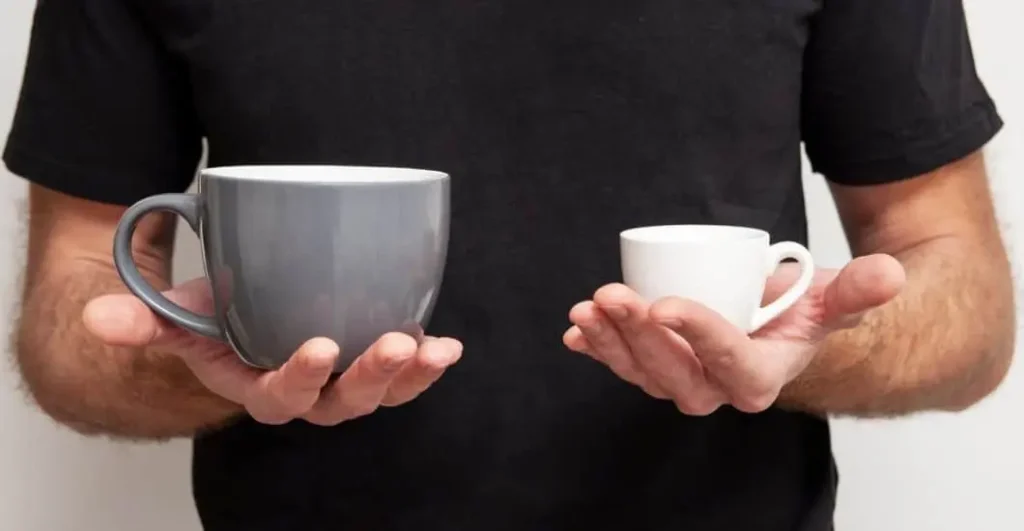
Espresso and cappuccino have become immensely popular beverages, each with its own cultural significance. With its strong flavor and caffeine kick, espresso is favored by coffee purists and professionals alike.
On the other hand, cappuccino is known for its creamy texture and artistic presentation, making it a beloved choice among coffee lovers looking for a more indulgent experience.
Whether you prefer the boldness of espresso or the elegance of cappuccino, both have carved out their place in coffee culture.
Espresso
Espresso, derived from the Italian word meaning “pressed out,” is a concentrated coffee beverage that has gained immense popularity worldwide.
Known for its strong flavor and quick preparation process, espresso has become a staple in the lives of coffee enthusiasts everywhere. This dark, rich brew is made by forcing hot water through finely ground coffee beans using an espresso machine.
Despite its small size, a shot of espresso packs a powerful punch, making it the foundation for many other popular coffee drinks.
- Strong and bold flavor
- Quick to prepare
- Base for various coffee drinks
Cappuccino
Cappuccino, on the other hand, is a delightful blend of espresso, steamed milk, and foamed milk. Named after the Capuchin friars’ distinctive hooded robes which the drink’s color resembles, this Italian creation is loved by coffee lovers for its creamy texture and smooth taste.
Cappuccinos are traditionally enjoyed in the morning, with their combination of caffeine and milk providing the perfect start to the day. The balance between the espresso, milk, and foam creates a harmonious drink that has become a symbol of refined coffee culture.
- Delightful blend of espresso, steamed milk, and foamed milk
- Smooth taste and creamy texture
- Traditionally enjoyed in the morning as a caffeine kickstart
Both espresso and cappuccino have transcended their origins and become global symbols of coffee culture. From bustling Italian coffee bars to trendy cafes in cosmopolitan cities, their popularity knows no bounds. Whether you prefer the intense kick of an espresso shot or the smooth elegance of a well-made cappuccino, these two iconic coffee drinks continue to captivate the taste buds and hearts of coffee lovers around the world.
Conclusion
Espresso and cappuccino are both popular choices for coffee lovers, but they offer distinct flavors and textures. Whether you prefer the intense, concentrated taste of espresso or the creamy, foamy goodness of cappuccino, the choice ultimately depends on your personal preferences.
Experimenting with both options allows you to discover your perfect cup of Joe. Enjoy the journey of exploring these two delightful coffee beverages!
Ronsil
Meet Ronsil, the master barista behind EspressoRivo. With years of experience in the coffee industry, he brings a wealth of knowledge and passion to the table. As the owner of a successful coffee shop, Ronsil is a sought-after adviser in the field. His expertise and love for the craft shines through in every cup he serves. We are honored to have him as part of our team at EspressoRivo

